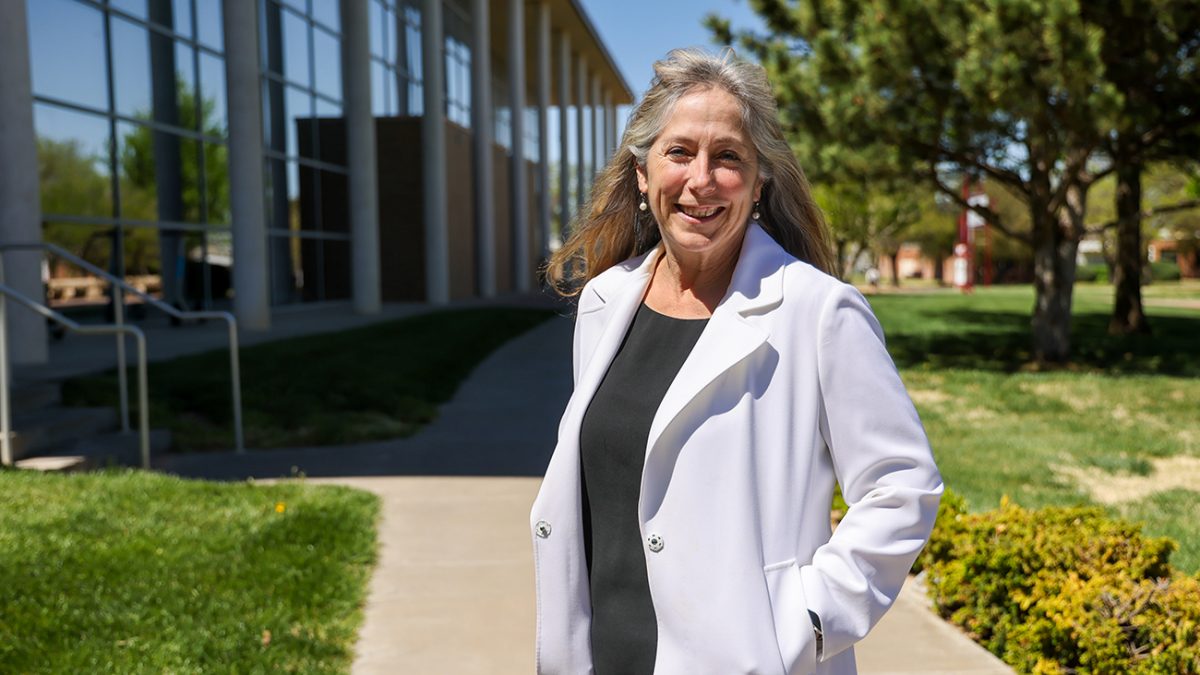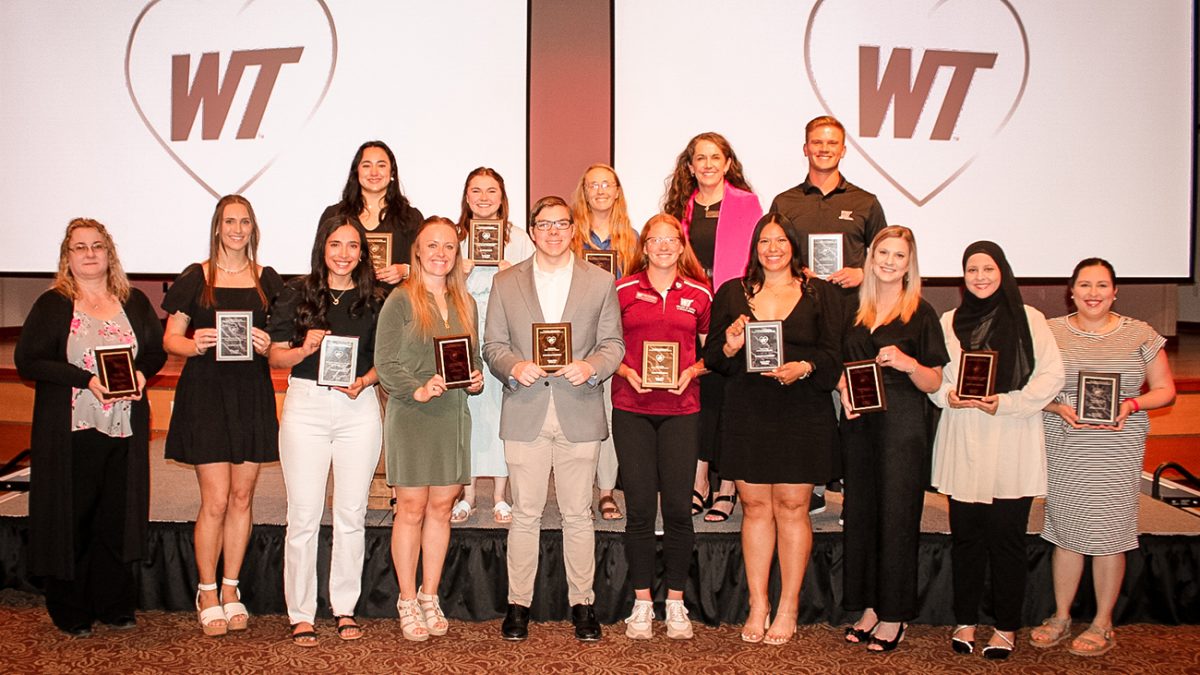CANYON, Texas — A West Texas A&M University researcher’s joint study with a faculty member at the University of Texas may help scientists learn more about a knotty problem in humans and animals.
Dr. Mona Ozmaian, WT assistant professor of engineering in the College of Engineering, and Dr. Dmitrii Makarov, UT professor of chemistry, published “Long-lived metastable knots in polyampholyte chains” June 14 in PLOS ONE, an international scientific research journal.
Ozmaian and Makarov are researching knots that can form in strands of DNA or protein, similar to the tangled wires of headphones.
“These knots were first observed in biology labs, and scientists believe that many biological chains might develop knots,” Ozmaian said. “However, the role of these knots is not yet entirely understood.”
Thermal fluctuations have been observed to cause the knots to disentangle on their own, but other persistent, surprisingly long-lived knots also have been seen, she said. The researchers found that electrostatic interactions can be one cause of those long-lasting knots.
Ozmaian, who worked with Makarov doing post-doctoral research at UT for five years, said the pair has created computer simulations to study these mysteries. Some of the longest-lived knots, though, can outlast the maximum feasible time of such simulations. In their work for PLOS ONE, Ozmaian and Makarov show how theoretical models can be used to estimate the lifespan of those particular knots.
“We may not know yet what these knots can do, but by understanding their lifespan, we can start to get a better grasp on this situation,” Ozmaian said. “They may not necessarily cause problems in humans or animals, but they can affect important functions of proteins.”
Ozmaian joined WT in 2022 after earning a bachelor’s degree in mechanical engineering, a master’s in mechanical engineering and solid mechanics, and a Ph.D. in nanoscience and nanotechnology from Sharif University in Tehran.
Makarov, who earned a Ph.D. in theoretical physics from the Institute for Chemical Physics in Moscow, has been on UT’s faculty since 2001; he also serves as a core faculty member at the Oden Institute for Computational Engineering & Sciences.
Ozmaian’s work is an example of WT’s position as a Regional Research University, a key goal of the University’s long-range plan, WT 125: From the Panhandle to the World.
That plan is fueled by the historic, $125 million One West comprehensive fundraising campaign. To date, the campaign — which publicly launched in September 2021— has raised more than $125 million and will continue through 2025.
About PLOS ONE
The world’s first multidisciplinary Open Access journal, PLOS ONE accepts scientifically rigorous research, regardless of novelty. PLOS ONE’s broad scope provides a platform to publish primary research including interdisciplinary and replication studies as well as negative results. The journal’s publication criteria are based on high ethical standards and the rigor of the methodology and conclusions reported.









